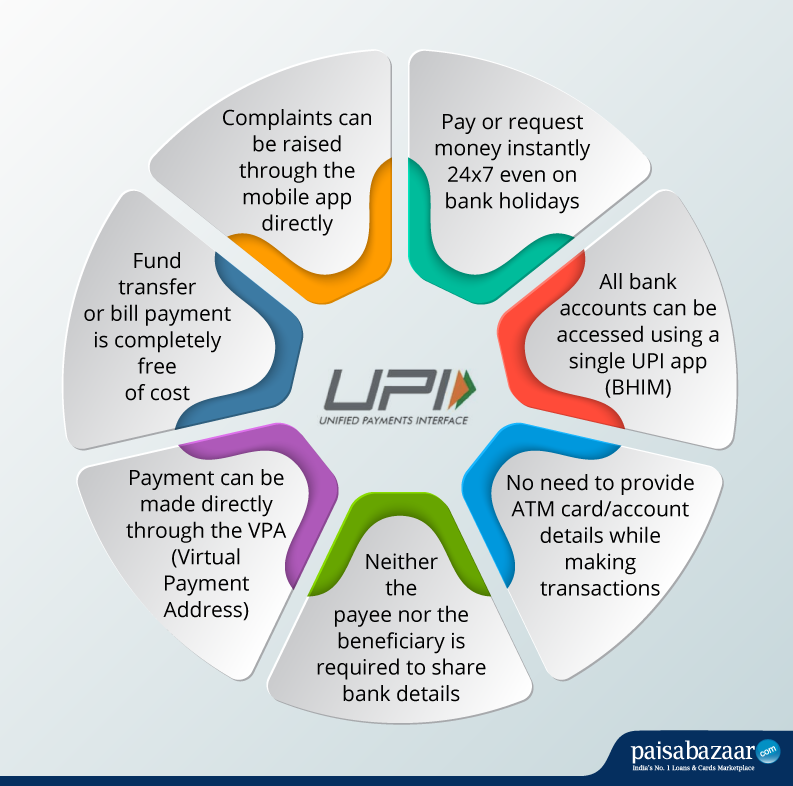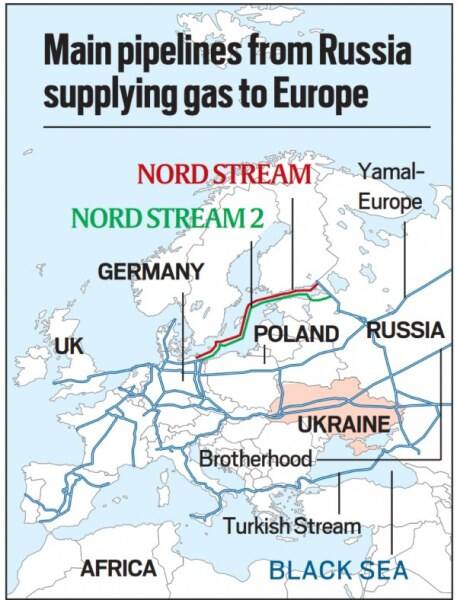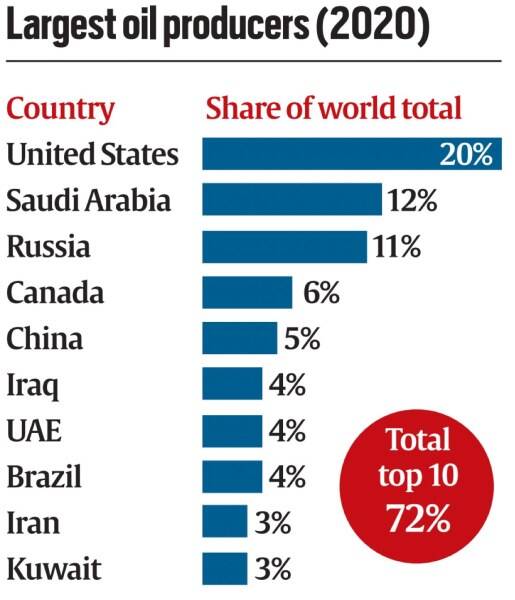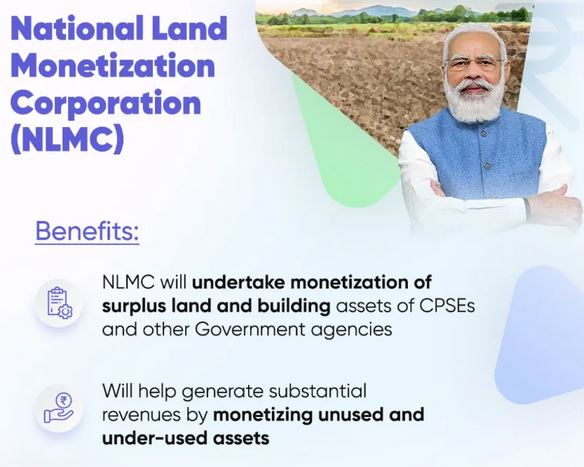UPI123Pay: Payment Solution For Feature Phone Users
Context:
Recently, the Reserve Bank of India launched a new Unified Payments Interface (UPI) payments solution for feature phone users dubbed ‘UPI123Pay’.
Relevance:
GS III- Indian Economy (Money and Banking)
Dimensions of the Article:
- What is Unified Payments Interface (UPI)?
- How does the new solution work?
- How will users make payments without internet?
- Do other countries have something similar?
What is Unified Payments Interface (UPI)?
- Unified Payments Interface (UPI) is a system that powers multiple bank accounts into a single mobile application (of any participating bank), merging several banking features, seamless fund routing & merchant payments into one hood.
- UPI, which was introduced in 2016, has become one of the most used digital payments platforms in the country.
- The volume of UPI transactions has already reached ₹76 lakh crore in the current year, compared to ₹41 lakh crore in FY21 ,
- Advantages of UPI Includes – Immediate money transfer through mobile device round the clock 24*7 and 365 days.
- UPI Enables Single mobile application for accessing different bank accounts with Single Click 2 Factor Authentication – Aligned with the Regulatory guidelines yet provides for a very strong feature of seamless single click payment.
- It also features Virtual address of the customer for Pull & Push providing for incremental security with the customer not required to enter the details such as Card no, Account number; IFSC etc.

How does the new solution work?
- The new UPI-based service is designed to bring the digital payments platform closer to a significant number of feature phone mobile subscribers in the country, which is estimated to be more than 40 crore.
- UPI123Pay will materially improve the options for such users to access UPI, who could earlier access the digital transactions platform through the USSD-based process, using the short code of *99#, which according to RBI is not popular.
- The USSD-based process is considered cumbersome, with users required to send multiple messages and charged for the same, and not supported by all mobile service providers.
- With the UPI123Pay, feature phone users will be required to go through an onboarding process where they have to link their bank account to their feature phone and then set a UPI PIN using their debit card for authenticating transactions.
- Once they have completed this initial process, users will be able to use the new UPI facility for person-to-person as well as merchant transactions, among others, through one of the four distinct payment options that don’t require an internet connection.
How will users make payments without internet?
- The new UPI payments system offers users four options to make payments without internet connectivity:
- Interactive Voice Response (IVR),
- App-based functionality,
- Missed call facility
- Proximity sound-based payments.
- Using the IVR option, users would be required to initiate a secured call from their feature phones to a predetermined IVR number and complete UPI on-boarding formalities to be able to start making financial transactions like money transfer, mobile recharge, EMI repayment, balance check, among others.
- The missed call facility will allow users to access their bank account and perform routine transactions such as receiving, transferring funds, regular purchases, bill payments, etc., by giving a missed call on the number displayed at the merchant outlet. The customer will receive an incoming call to authenticate the transaction by entering UPI PIN.
- They could also install an app on their feature phone through which several UPI functions, available on smartphones, will be available on their feature phone, except scan and pay feature which is currently not available.
- Finally, they could utilise the proximity sound-based payments option, which uses sound waves to enable contactless, offline, and proximity data communication on any device.
Do other countries have something similar?
- Mobile payment systems that do not rely on internet connectivity like the ones based on USSD or SMS technology were introduced many years ago and are still being used in some developing countries.
- In fact, one of the major mobile payment systems globally was introduced by Vodafone’s Kenyan associate, Safaricom in 2007.
- M-PESA, which is Africa’s leading mobile money service, operates across the Democratic Republic of Congo, Egypt, Ghana, Kenya, Lesotho, Mozambique and Tanzania, with 51 million customers making over $314 billion in transactions per year through the service, according to Vodafone.
-Source: The Hindu
Looming Oil Crisis
Context:
Recently, United States President announced a ban on all crude oil and natural gas imports from Russia into the US even as the Ukraine conflict intensified, while the UK announced that it would phase out imports of Russian oil by the end of the year.
- These moves will further increase crude oil prices, which in turn will stoke inflation across the world — particularly in the US and its allied nations in Europe, which are already reeling from inflation rates that are at their highest in decades.
Relevance:
GS II- International Relations
Dimensions of the Article:
- Why were oil prices rising even before the Ukraine crisis?
- How big a player is Russia in the global oil market?
- Can strategic reserves not help meet the gap?
- Is there a difference in the dependence of the US and its European allies on Russian energy imports?
Why were oil prices rising even before the Ukraine crisis?
- Crude oil prices have fluctuated quite sharply over the last two years.
- From $60 a barrel at the start of 2020, they fell to less than $20 in April 2020 owing to a supply glut in the wake of the pandemic.
- Since then, however, they have been steadily rising even before the Ukraine conflict caused them to skyrocket.
On the supply side, there were many factors further contributing to this gap, These included:
- Russia has been holding back from providing additional supplies of natural gas to Europe. As the price of gas shot up, so did the price of oil as consumers shifted from gas to oil and coal.
- Continued underinvestment in oil and gas exploration because of the “public and regulatory aversion” to fossil fuels.
- There is very limited “spare capacity” within the OPEC (Organization of the Petroleum Exporting Countries).
- Only Saudi Arabia and UAE have spare capacity and they are refusing to play along.
How big a player is Russia in the global oil market?

- There are three large players in the global oil market.
- At 18%-19%, the US has the highest share in global output followed closely by Russia and Saudi Arabia, each with a 12% share.
- Within OPEC, it is Saudi Arabia that dictates.
- Together, these three control almost 45% of all oil.
- Russia’s share in global exports is around 12% and is the world’s second-largest producer of oil as well as the second-largest exporter.
- Russia supplies close to 5 million barrels a day to the global market and that is not an insignificant amount and a ban will immediately tighten the market further
Can strategic reserves not help meet the gap?
- Strategic reserves are good enough for emergencies. The top three countries in terms of such reserves are the US, China and Japan.
- Between them, they have 1500 million barrels.

Oil includes crude, all other petroleum liquids, biofuels. Source: International Energy Statistics via US Energy Information Administration, as of December 2021
Can’t there be increased supplies from countries such as Venezuela and Iran?
Venezuela:
- Venezuela has the world’s largest oil reserves but producing oil requires more than just reserves.
- The country’s oil-producing apparatus is in disrepair partly due to the government’s mismanagement but also because of harsh US sanctions.
- Oil-producing companies are in debt and most don’t even have good quality drilling equipment.
Iran
- Iran will not increase output unless it gets the nuclear deal with the US.
- Production can be scaled up but it will take time, money and effort.
- Moreover, since individual production levels are quite low, several countries will have to come together and still they may not come anywhere close to matching the levels that Russia produces.
Is there a difference in the dependence of the US and its European allies on Russian energy imports?
- There is a big difference and that is what explains why the reactions of the US, the UK and the EU vary.
- The US imports less than 10% of its energy requirement from Russia but European countries are much more heavily dependent on Russia.
- For example:
- Germany, which is not just the most-industrialised economy but also the biggest decision-maker in the EU.
- While Russia accounts for 12% of all global exports of oil, in Germany it is a much bigger player, accounting for over 40% of that country’s oil needs.
- Similarly, Germany is also hugely dependent on Russian natural gas.
- Unlike India, which gets most of its energy from coal (75%) and oil (10%) and very little from natural gas, Germany gets 25% from natural gas — again hugely imported from Russia.
- Even if other countries were to come to Germany’s rescue by providing LNG, there will be a problem since Germany has no LNG terminals; it is completely dependent on natural gas pipelines from Russia.
Pal-Dadhvav Massacre
Context:
Recently, the Gujarat government marked 100 years of the Pal-Dadhvav killings, calling it a massacre “bigger than the Jallianwala Bagh”. Before this, the incident had been featured on the state’s Republic Day tableau.
Relevance:
GS II- History
Dimensions of the Article:
- About Pal-Dadhvav massacre:
- Who was Tejawat
- Tribal population
About Pal-Dadhvav massacre:
- The Pal-Dadhvav massacre took place on March 7, 1922, in the Pal-Chitariya and Dadhvaav villages of Sabarkantha district, then part of Idar state.
- The day was Amalki Ekadashi, which falls just before Holi, a major festival for tribals.
- Villagers from Pal, Dadhvav, and Chitariya had gathered on the banks of river Heir as part of the ‘Eki movement’, led by one Motilal Tejawat.
- The movement was to protest against the land revenue tax (lagaan) imposed on the peasants by the British and feudal lords.
- Tejawat, who belonged to Koliyari village in the Mewad region of Rajasthan, had also mobilised Bhils from Kotda Chhavni, Sirohi, and Danta to participate.
- Tejawat had been outlawed by the Udaipur state, which had announced a Rs-500 reward on his head.
- The Mewad Bhil Corps (MBC), a paramilitary force raised by the British that was on the lookout for Tejawat, heard of this gathering and reached the spot.
- Nearly 1,000 tribals (Bhils) fell to bullets. Tejawat was shot at twice, but was taken to safety by the villagers on a camel. He later “returned to the spot to christen it ‘Veerbhumi’.”
- While the British claimed some 22 people were killed, the Bhils believe 1,200-1,500 of them died.
- In the Jallianwala Bagh massacre of April 13, 1919, 500-1,000 people are said to have been killed after General Reginald Edward Dyer’s forces opened fire on peaceful protesters.
Who was Tejawat
- Born into a merchant (Baniya) family in the adivasi-dominated Koliyari village, Tejawat was employed by a landlord, where he worked for eight years.
- During this period he saw closely how the landlords exploited tribals and would threaten to beat them with shoes if they did not pay the tax
- Outraged by the atrocities and exploitation of the tribal people, Tejawat quit the job in 1920 and devoted himself to social work and reform.
Tribal population
- Gujarat has a near 14 per cent tribal population that resides along its northern-eastern stretch, called the ‘poorvi patti’, bordering the districts of Madhya Pradesh, Rajasthan and Maharashtra.
- Bhils are the dominant tribe in this stretch, which covers the districts of Aravalli, Sabarkantha, Banaskantha, Panchmahal, Chhota Udepur, Mahisagar, Narmada, Dahod, Tapi, Navsari and Dang.
National Land Monetisation Corporation (NLMC)
Context:
The Union Cabinet has approved the setting up of a new government-owned firm National Land Monetisation Corporation (NLMC) for pooling and monetizing sovereign and public sector land assets.
Relevance:
GS II- Indian Economy
Dimensions of the Article:
- What is NLMC?
- How will it function?
- Significance
What is NLMC?

- The National Land Monetisation Corporation (NLMC) would be established with a paid-up capital of 150 crore and an initial authorised share capital of 5,000 crore.
- The government will engage private sector experts and appoint a chairman to lead the NLMC through a “merit-based selection procedure.”
- The National Land Management Corporation (NLMC) would monetize surplus land and building assets owned by Central Public Sector Enterprises (CPSEs) and government organisations.
- Around 3,400 acres of land and other non-core assets have been referred for monetisation by CPSEs to the Department of Investment and Public Asset Management (DIPAM).
- According to the latest statistics in the Economic Survey 2021-22, MTNL, BSNL, BPCL, BEML, and HMT are all in the process of monetizing non-core assets.
How will it function?
- Surplus land and building assets of CPSEs under closure, as well as surplus non-core land assets of Government-owned CPSEs under strategic disinvestment, shall be owned, held, managed, and monetised by NLMC.
- The closure of CPSEs will be accelerated, and the strategic disinvestment of Government-owned CPSEs will be smoother, according to the statement.
- Surplus land asset monetisation will be an agency function for NLMC, and it will assist and provide technical assistance to the Centre in this regard.
- The NLMC board would be made up of top government officials and distinguished experts, with a merit-based selection process for the chairman and non-government directors, according to the announcement.
- The Corporation will employ a small number of full-time employees who will be hired on a contract basis from the market.
Significance:
- By monetizing underused and under-utilized assets, the government would be able to gain significant cash.
- The new corporation will also assist in the monetization of assets belonging to public-sector companies that have closed or are in the process of being sold strategically.